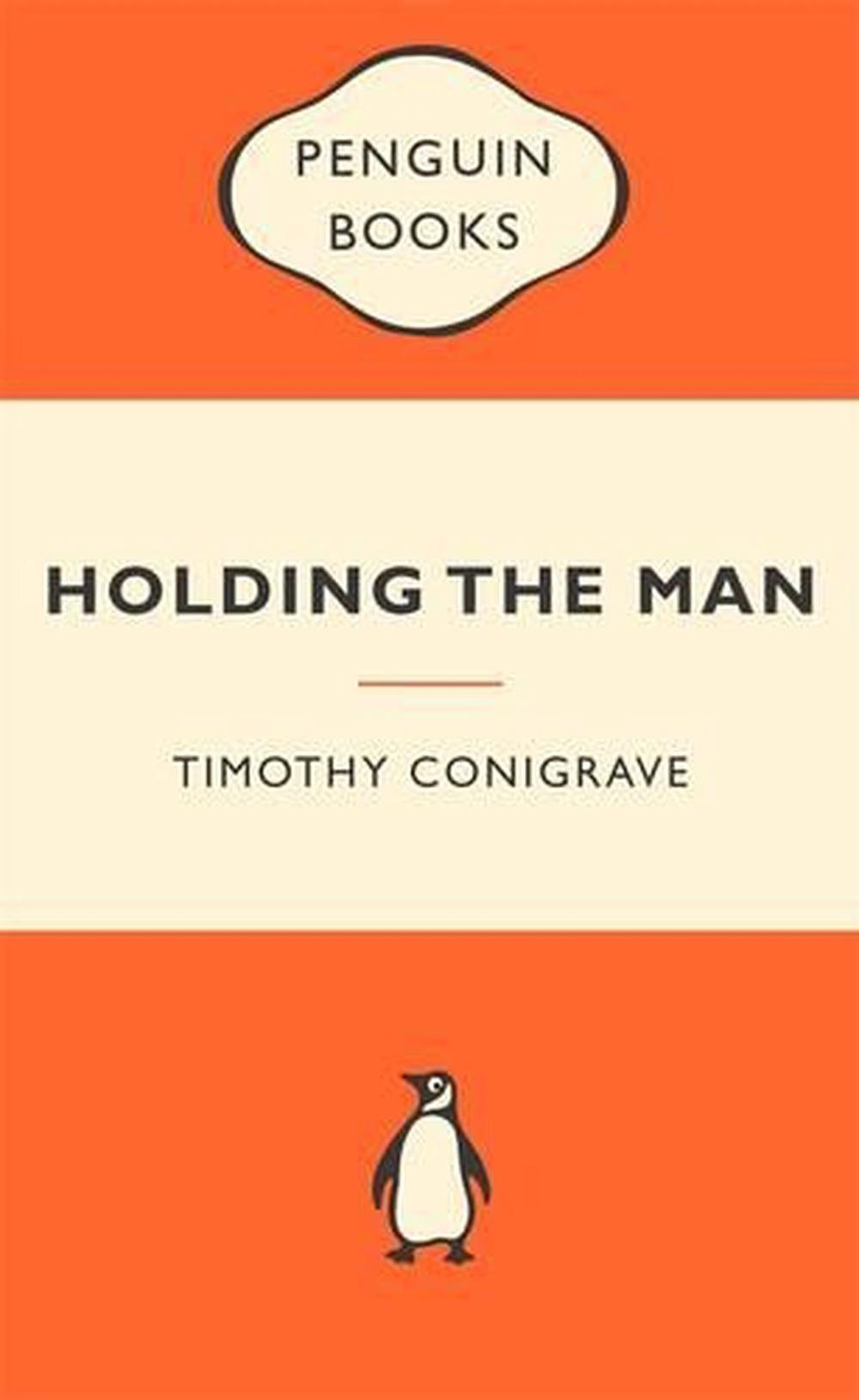

Much of the filming has taken place in Melbourne’s eastern suburbs. A film adaptation is due out later this year, primed to be a faithful and accurate reworking of the novel. It is timely that I revisit Holding the Man this year, as February marked the 20 thanniversary of the novel’s publication. Image from Belvoir St Theatre’s 2007 production of Holding the Man.

The intimacy, devotion, and unbroken love of Conigrave’s star-crossed lovers really moved me. What began as a hesitant curiosity of an Australian cult classic soon became an invigorating weekend read about two gay men rapturously in love. I wasn’t afforded the pleasure of time and distance my own sexuality would now be so much more comparable to the portrait offered in this novel.īut in the words of Janis Ian’s iconic 1975 song of self-pity and angst, “At Seventeen”, one night I decided against inventing lovers on the phone and dipped back into literary waters, accompanied by Holding the Man. But this was a modern gay experience, and I was hesitant to read something so much closer to home. I had seen the title, probably from Googling ‘gay novels’ on lonesome adolescent evenings. I was 17 when a friend suggested I read Holding the Man, written in 1995 by Timothy Conigrave. Like me, these men struggled to reconcile their public heterosexual image with that of their private lustful desires. Of their many meanings and stories, I could only really appreciate their portrayal of closeted gay men. While these books reflected my own angst-ridden, introspective teen years, they only seemed to offer antiquated portraits of homosexuality, as their social and political landscape had long since passed. These might include Gore Vidal’s The City and the Pillar (1948) or James Baldwin’s Giovanni’s Room (1956). There are many books we queers hold sacred.įor many of us they are mementos of our troubled and tormented adolescence.


 0 kommentar(er)
0 kommentar(er)
